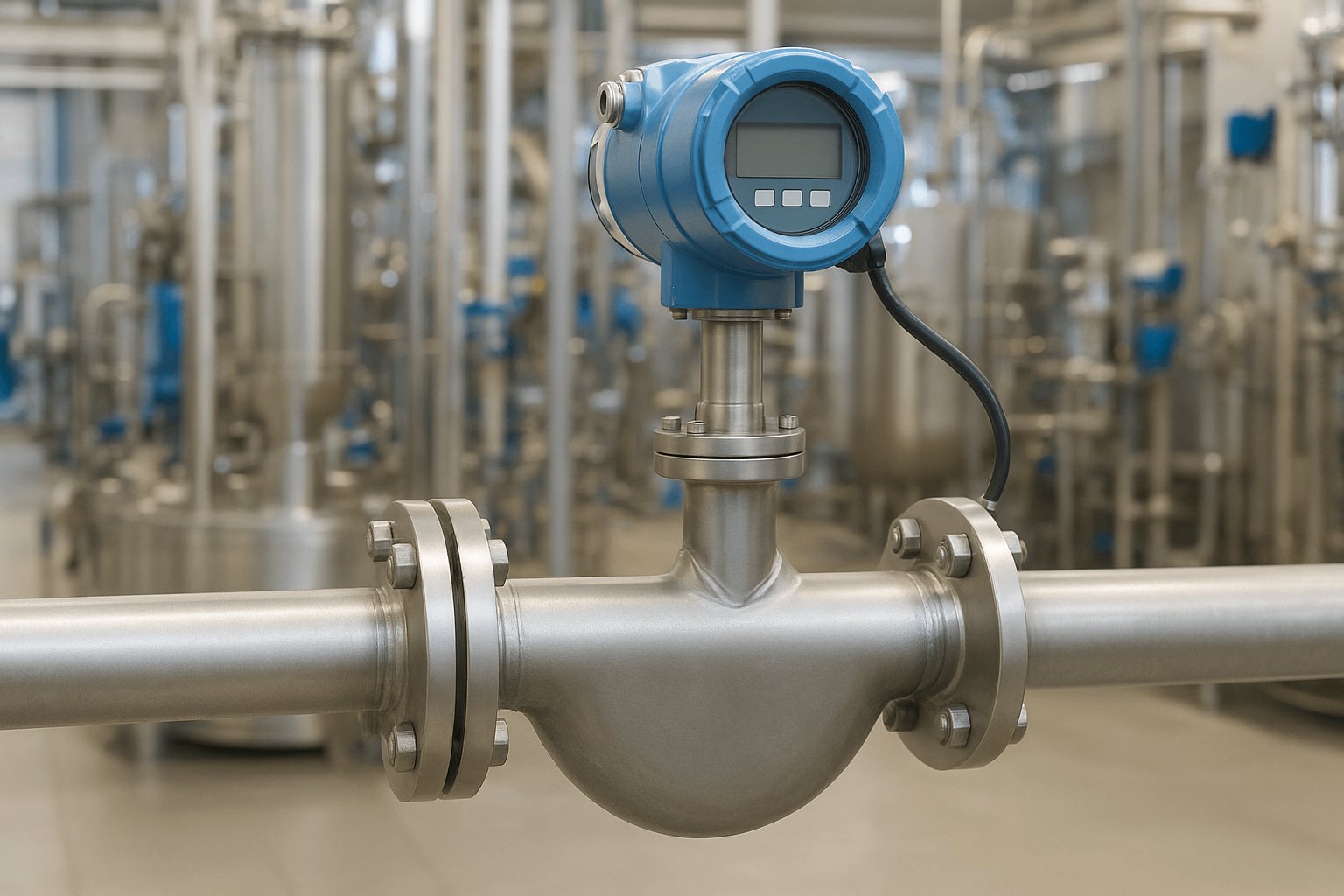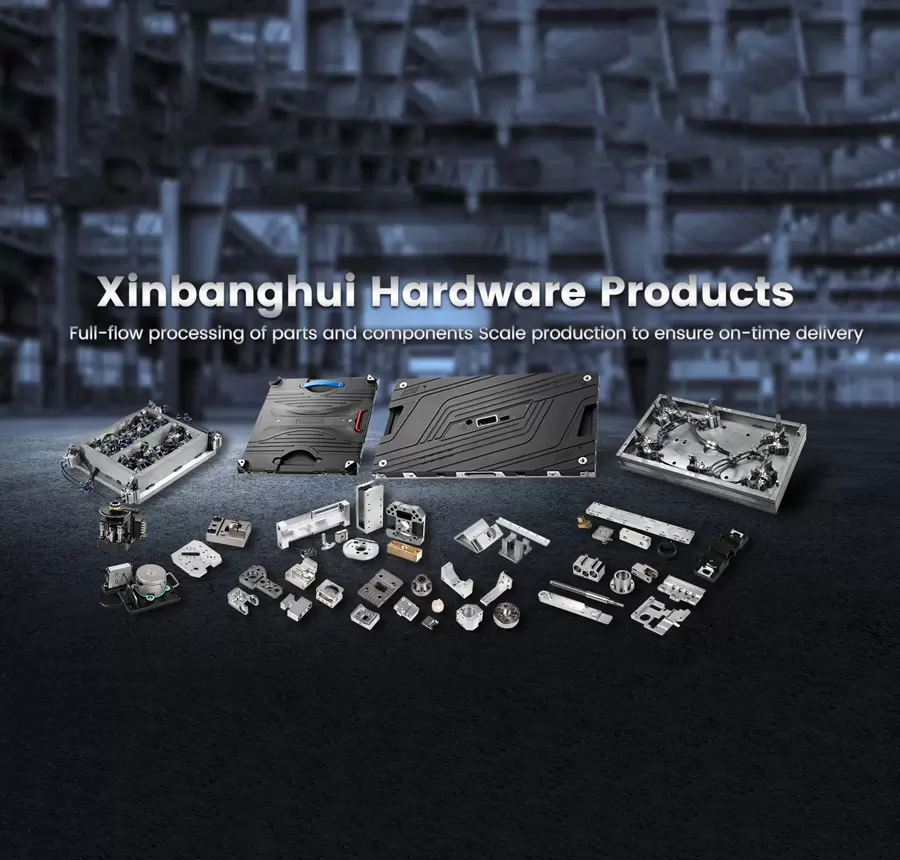Understanding the Nuances: Electrical Switch vs. Electronic Switch in Modern Applications
In the realm of electrical engineering and technology, the terms electrical switch and electronic switch are often used interchangeably, yet they represent fundamentally different concepts. Understanding the distinctions between these two types of switches is crucial for engineers, designers, and anyone involved in the development of electrical systems. This article delves into the core differences, applications, and implications of using electrical versus electronic switches, providing a comprehensive overview for professionals in the field.
Defining Electrical Switches
An electrical switch is a mechanical device that controls the flow of electrical current in a circuit. It operates on the principle of physical contact, where the switch either opens or closes a circuit to allow or interrupt the flow of electricity. Common examples include toggle switches, push-button switches, and rotary switches. These devices are typically characterized by their simplicity and reliability, making them ideal for a wide range of applications, from household lighting to industrial machinery.
Key Characteristics of Electrical Switches:
- Mechanical Operation: Electrical switches rely on physical movement to make or break a connection.
- Voltage and Current Ratings: They are designed to handle specific voltage and current levels, which dictate their application.
- Durability: Mechanical wear can affect performance over time, but many electrical switches are built to withstand significant cycles of operation.
Exploring Electronic Switches
In contrast, electronic switches utilize semiconductor devices to control the flow of current without the need for mechanical movement. These switches can be found in various forms, including transistors, thyristors, and MOSFETs (Metal-Oxide-Semiconductor Field-Effect Transistors). Electronic switches are integral to modern electronic circuits, enabling precise control and high-speed operation.
Key Characteristics of Electronic Switches:
- Solid-State Operation: Electronic switches operate without moving parts, which enhances reliability and longevity.
- Fast Switching Speeds: They can switch on and off at much higher speeds than mechanical switches, making them suitable for high-frequency applications.
- Control and Modulation: Electronic switches allow for more sophisticated control mechanisms, including pulse-width modulation (PWM) and analog signal processing.
Comparative Analysis: Electrical vs. Electronic Switches
- Operating Principle
The primary distinction lies in their operating principles. Electrical switches require physical action to change states, while electronic switches leverage semiconductor physics to achieve the same result without mechanical movement. - Speed and Efficiency
Electronic switches outperform electrical switches in terms of speed and efficiency. The absence of mechanical parts allows for rapid switching, which is essential in applications such as digital circuits and power electronics. - Applications
Electrical switches are commonly used in applications where simplicity and reliability are paramount, such as lighting controls and basic machinery. Conversely, electronic switches are prevalent in advanced applications, including computer systems, telecommunications, and renewable energy systems, where precise control and rapid response times are critical. - Power Handling
While electrical switches can handle higher power loads in certain applications, electronic switches are increasingly designed to manage high voltages and currents through advanced materials and designs, such as IGBTs (Insulated Gate Bipolar Transistors) used in power inverters.
Practical Considerations in Choosing Between Switch Types
When selecting between electrical and electronic switches, several factors must be considered:
- Application Requirements: Assess the specific needs of your application, including speed, power handling, and control complexity.
- Environmental Conditions: Consider the operating environment. Electrical switches may be more suitable for harsh conditions where mechanical robustness is essential.
- Cost and Complexity: Electronic switches can be more expensive and complex to implement, but they offer greater functionality and efficiency in the long run.
Conclusion
In summary, while electrical and electronic switches serve the fundamental purpose of controlling electrical current, their operational principles, applications, and advantages differ significantly. Understanding these differences is essential for engineers and designers to make informed decisions that align with their project requirements. As technology continues to evolve, the role of electronic switches is likely to expand, paving the way for more efficient and sophisticated electrical systems. By recognizing the unique characteristics of each type of switch, professionals can optimize their designs for performance, reliability, and cost-effectiveness.




